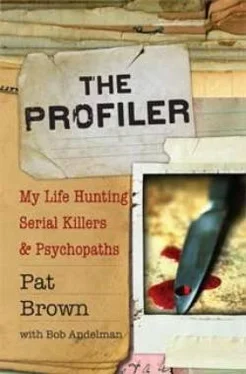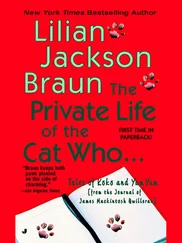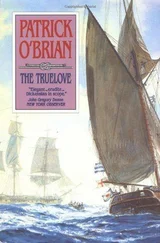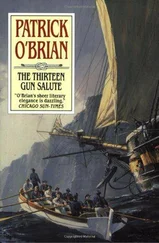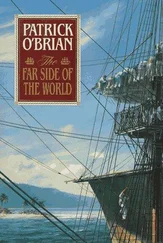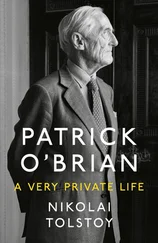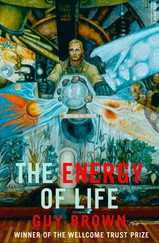The investigators made one of those critical mistakes where they take a picture of something-a bloody footprint on the floor-but the crime scene investigators didn’t document where the footprint was. Which room was it in? Which way was it going? Was it headed east, west, north, south? I had no clue.
I took all of the photos in this case and looked at the bottom of each, trying to identify in some cases where the pattern was on the floor and what the green object might be in the corner. Was it the corner of a refrigerator? I took it like a jigsaw puzzle and rebuilt the house so I could determine where those bloody footprints were.
I did this by reconnecting the photos, discerning the floor patterns, and identifying the bottoms of the furniture. Once I accomplished that, I approximated where the footprints would have been and which direction the owner of the bloody feet was heading. This helped me put together part of the scenario of what happened.
But there was one more photo, an otherwise crappy Polaroid picture. I have to say CRAPPY in big capital letters. It was crappy. It was blurry. It was junk, but somebody took it and tossed it in the file. My first impression was “Boy, what a shabby picture.” But later on I returned to it and realized it was key to the entire crime. The photo said to me that these people who claimed innocence were lying. One picture made the difference.
When detectives work their cases, I urge them to take the best pictures they can, take way too many pictures, shoot a video of the scene, take close-ups of everything, draw diagrams, document as much as possible, collect all their interviews, record all the alibis, write all their notes and explanations legibly, because they never know when one piece of stray information will make all the difference. They might not catch it, and their partner might not catch it, but somebody might eventually notice. It could be the secretary in the department who one day picks up that photo and goes, “Hey, guys, look at this…” Because they had that picture, a person was able to identify something crucial.
JIMMY CONWAY WAS forty years old.
His paycheck was usually $4,000. But one payday, somebody at the company inadvertently added a zero to Jimmy’s check, giving him $40,000, and he was like, “Cool, I’ve got a $40,000 check here!”
You and I know that what he should have done was go to the company and say, “You made a mistake.”
I made that same mistake myself. Every week I paid the woman who cleans my house $40 via an electronic payment. But one time I left the decimal out. I put $4,000 in for $40. I hit the button, and the woman received $4,000 for her services. The woman’s husband called me up and said, “We think you made an error.” I thought, Oh, my God, I’ve hired an honest person. I was both relieved (really, really relieved) and impressed that this person was so honest.
As for Jimmy? Not so much.
When his employer added the zero onto his check and his $4,000 turned into $40,000, he said, “It’s my lucky day!” He intended to keep that extra $36,000.
Jimmy didn’t have a bank account, according to his sister, because he didn’t have a valid driver’s license. He told a lawyer friend what happened and said, “What should I do about this? Do I have to return it, or is it mine?”
The lawyer said that he could put it in the bank and if it stayed there for a month and he hadn’t heard from the company, then it was his. I guess Jimmy didn’t have too many ethical friends.
In addition to not having a bank account, Jimmy had a few other problems, which is why he didn’t hold a valid driver’s license. He went to his buddy Earl White, who he’d known for years, and who was related to the Conway family by marriage, for help. Earl opened a bank account and Jimmy signed the check over to Earl, who deposited it.
Before the thirty days passed, Jimmy heard back from the company:
“We want our money back.”
Jimmy went over to Earl’s house on February 4, 1999, and he said, “I need my money back. I have to return it.”
And that’s where the story gets interesting. According to Jimmy’s family, Earl told him, “That’s a problem, Jimmy, I spent more than half of it.”
Earl used $20,000 of the money Jimmy received by accident to fix up his home. When Jimmy heard this and realized he was in deep shit, he and Earl got into an angry fight.
When Jimmy showed up at Earl’s house, Joey was heading out, leaving Jimmy there with Earl and his live-in girlfriend.
A shot rang out. Joey later told Jimmy’s sister, “Your brother must have been dead by the time [I] reached the stop sign.”
Did Joey hear a shot after he left the house?
THE POLICE WERE called to investigate the incident.
They did not shoot a video, which would have been valuable because it would have shown from many angles what the place looked like. Video evidence gives the viewer a spatial feeling for the house-how long the hallway is, where things are positioned in the room-and it relieves the investigator from going click, click, click on a thousand little pictures. The video will capture all kinds of objects and things that might later be important to an investigator. Video is becoming much more routine these days, but some departments still don’t use it in every homicide investigation.
Actually, along with the video, the investigator should click, click, click as many photos as does the crime scene justice.
Video and photos taken care of, the next item needed is a diagram of the room where everything should be mapped out with proper measurements to scale so the detective knows later where the evidence was relative to the body. This was not done. Somebody took a set of crappy pictures with a camera, and there weren’t even many of those.
Based on those pictures, I had no idea where anything was and had to guess which rooms were which.
And then there was one snap with a Polaroid.
Some people wonder why Polaroids are even used anymore. In the old days, before we had electronic cameras, we printed everything out. The Polaroid was used just in case something went wrong with the standard camera and the investigator ended up with no pictures whatsoever.
Nowadays, with digital cameras, we can see right away that things are going well, and we can download them immediately to a computer for distribution and storage. The digital advantage is that we can take huge amounts of pictures, so I tell the police, “Snap away. You won’t have to print those suckers out and it won’t cost you a lot of money, because you will put them on a CD. You may not even necessarily need to waste your time looking at all of those pictures, but at least they’re there just in case.”
Of course, amateur shutterbugs can still take useless, blurry close-ups.
The police interviewed Earl and his girlfriend, asked them what happened, and that was that. Earl said it was self-defense. He said that Jimmy was enraged and planned to shoot him. Jimmy attacked, pummeling Earl and his girlfriend. They feared for their lives, so Earl pulled his sawed-off shotgun out from under the bed and shot Jimmy to end the rampage.
That was his story.
The detective said, “Sounds plausible to me.” And that was it. Case closed.
Why did they accept the story so easily? Was it because Earl’s family was well known in town, and the police didn’t want to challenge them? Was it because Jimmy was considered a crook? Admittedly, it’s hard to care about certain people, so maybe they didn’t want to waste their time.
If Earl did shoot him, and it wasn’t self-defense, who cares? Let’s just close it down.
Maybe they were inexperienced cops. But they didn’t do an investigation of any reasonable sort. They took statements from Earl, his girlfriend, and his son. They did the bare basics but no follow-up or analysis. If they had, they would surely have recognized the multiple inconsistencies in their witness statements.
Читать дальше
